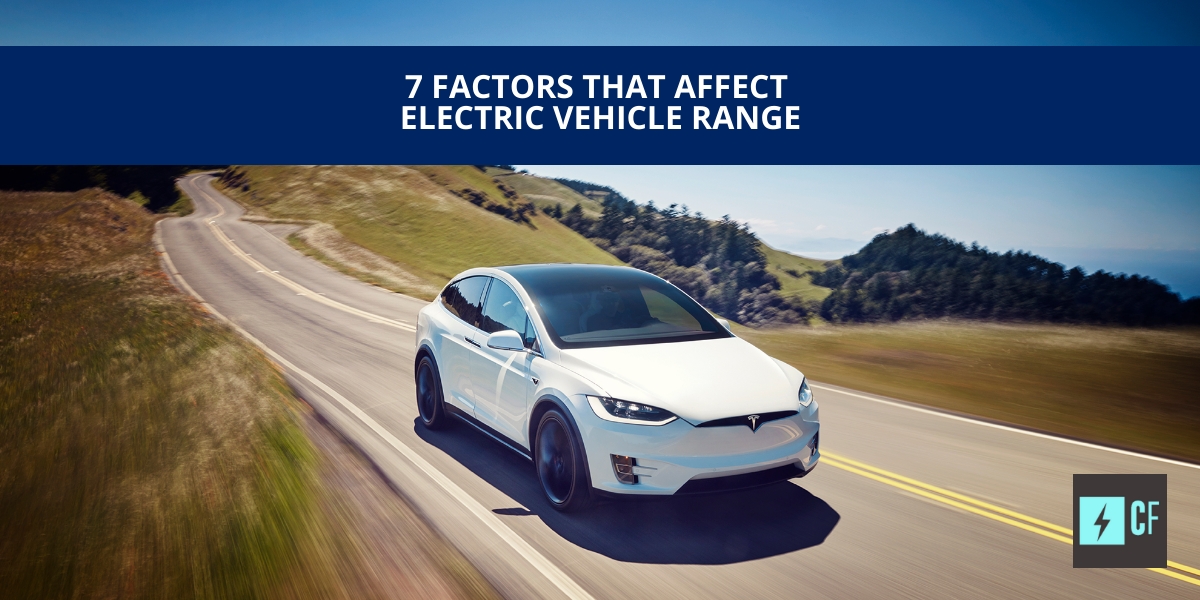Hi there,
I took my first trip in my Model Y today (less than 100 miles on the car). It consisted of primarily highway driving at around 75 MPH on very flat ground. I noticed that I seemed to be getting very poor mileage. When left, I had an estimated 280 miles of range..when I got to my destination that was 141 miles away, I had an estimated 35 miles remaining.
I checked the stats on the return trip, and found that over 141 miles, I used 56 KWh with an average of 400 wh/mile. Temperature was around 32 degrees during the drive.
This seems off to me, and was pretty disappointing.
Let me know if you guys have any ideas.
Also, not sure if it’s related, but I got repeated warnings about cameras being blocked/blinded, despite no visible debris/condensation seen.
I took my first trip in my Model Y today (less than 100 miles on the car). It consisted of primarily highway driving at around 75 MPH on very flat ground. I noticed that I seemed to be getting very poor mileage. When left, I had an estimated 280 miles of range..when I got to my destination that was 141 miles away, I had an estimated 35 miles remaining.
I checked the stats on the return trip, and found that over 141 miles, I used 56 KWh with an average of 400 wh/mile. Temperature was around 32 degrees during the drive.
This seems off to me, and was pretty disappointing.
Let me know if you guys have any ideas.
Also, not sure if it’s related, but I got repeated warnings about cameras being blocked/blinded, despite no visible debris/condensation seen.




